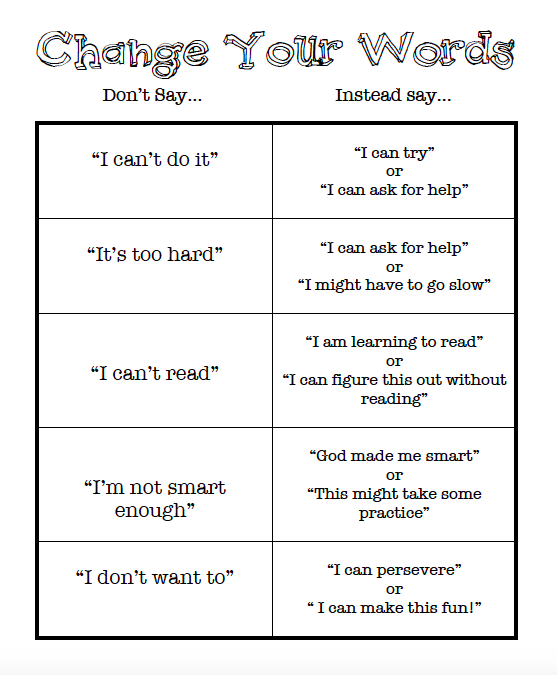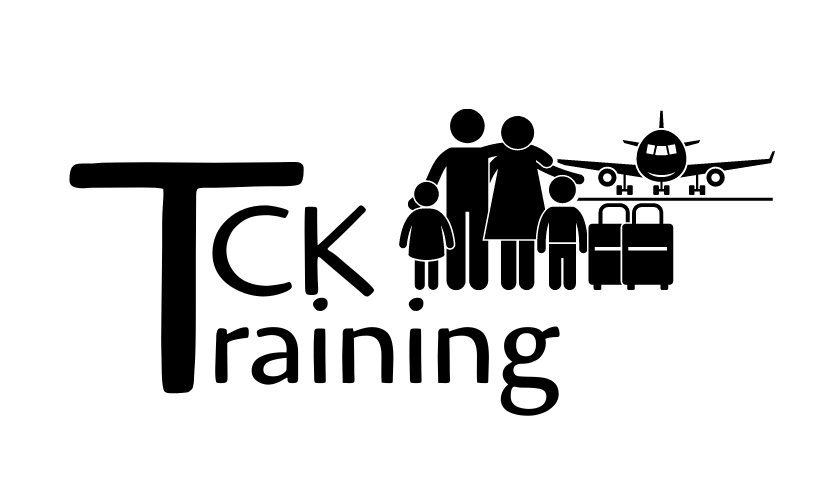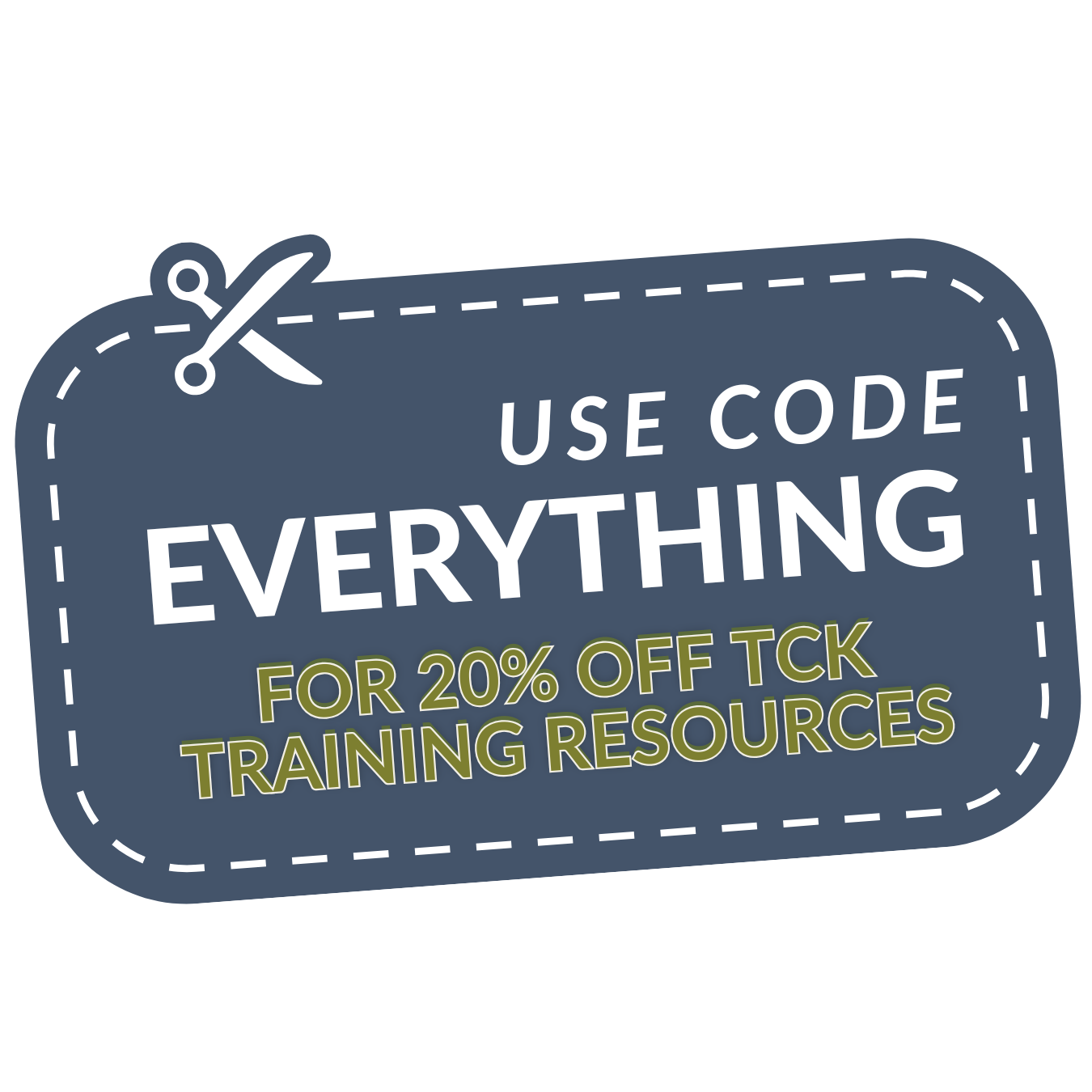The "Change Your Words Chart": A Tool for Helping Your TCKs Develop Positive Thought Patterns
“Plasticity is greatest in the first few years of life because it is during this time that the brain is ‘wiring’ itself, working out which connections (or synapses) within the brain should be strengthened and which should be pruned.”
- Journal of Child Psychology and Psychiatry
During the first few days of our Inside the Toolbox children's training, I introduce what I like to call the “Change Your Words Chart”. This little chart is not only helpful in the classroom, but can also be a fantastic parenting tool.
As children learn a new language and culture, they are prone to becoming overwhelmed, frustrated, and discouraged. Because it is in childhood that their thought patterns are being developed, it is so important to be intentional about helping them develop positive thought patterns.
If a child routinely repeats negative self-think or self–talk at an early age such as, “I can’t do it”, “I’m not smart enough”, “It’s too hard”, physical ruts are actually etched into their brain. The longer they repeat these things, the deeper the ruts go, and the harder it is for them to change their thought patterns as adults. If you want to get fancy, this concept is called neuroplasticity, and it is absolutely fascinating!
The good news for parents is that you play a key role in the thought patterns your children develop and you can help them develop good ruts in their brain! I personally think that being intentional about this is one of the most important things you can do as a parent because it affects your child’s thought patterns for their entire life.
So, here is a very simple, but effective way to help your children develop positive thought patterns. There is no better time to practice this than when you are transitioning to living in a new culture because there will be plenty of opportunities for negative ruts to be dug.
There is an example of the "Change Your Words Chart" below. I like to make the chart together with each new set of kids that come through our program. We brainstorm statements, write them out on a large piece of poster paper, decorate it together, and then display it on the wall. Your children may have different or additional negative statements that they commonly say, so add those to your chart. Have them think through phrases they can use to replace the negative statement. I find it works well to give them two positive options for each negative statement so that they feel a sense of control in choosing what they can say.
When your child makes a negative statement, remind them to “change their words” and have them choose one of the options from their chart. Research shows that speaking out loud increases the effect of neuroplasticity, so make sure they speak their positive words out loud! The longer you do this, the more it will become an automatic response. They will start to mentally remind themselves to say the positive words before the negative words even leave their mouth!

If you want to read more about how to help your child develop positive thought patterns, I highly recommend the book, The Whole-Brain Child.
If you liked this article you'll also enjoy our TCK Family Curricula




